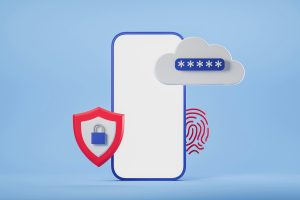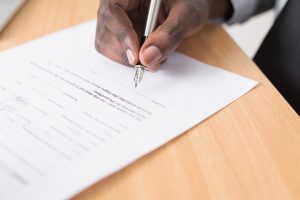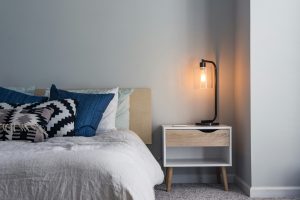So, you’re thinking about moving out? You’ll never forget your first apartment, but sometimes your first rental experience can be an unforgettable headache. Skip the headache with these quick apartment rental tips.
Step 1: Needs Analysis and Budgeting
First step is to figure out exactly what you need in an apartment. Considerations for your starter apartment need to include:
- Location: Is location important to you? What area would you prefer to live in? Is the neighbourhood safe?
- Proximity: How long are you prepared to commute for? What commuting methods are there near-by?
- Space: How many rooms do you need? Do you require an office or spare room?
- Perks: What amenities are important to you? (gym, parking spot) Are you prepared to pay extra for these if they aren’t included?
Secondly, it is important to understand your own personal rental budget. It is recommended that your rent does not exceed 25-30% of your net monthly income; which means if your net monthly income is $3000, your rent should not exceed $1000 per month. On top of your flat monthly rental fee, you must also consider the following expenses when beginning to look for an apartment:
- Security deposit & first and last month’s rent
- Most landlords will ask for a security deposit as well as first and last month’s rent before moving into your new apartment.
- Application fees
- To apply for some apartments, landlords may charge a small application fee ranging from $40-$100.
- Moving costs
- Moving apartments can be costly. You must consider the costs of moving supplies, a moving vehicle, and a moving crew if your friends and family are suddenly not answering your calls.
- Renters insurance
- See here for a guide to renters insurance.
- Parking fees
- Parking may not be included in your overall rental costs, and can be expensive depending on location.
- Pet fees
- Some landlords will charge an initial non-refundable pet fee to cover any damage (ie. carpet cleaning) that is caused by having a pet in the apartment.
- Utilities
- On all rental properties, make sure to check which utilities are included in the list rental price (water, electric, wi-fi).
- Emergency Fund
- Ideally before moving out, you should have 3 months of living expenses saved in case of emergency.
If the costs of living on your own are too high for your overall rental budget, consider finding a roommate who would be willing to split the cost of living.
Once you have established your budget and rental needs, you can now begin searching for your first apartment! Make sure to use the map and filter functions on rentfaster.ca to narrow down the search to apartments that fit your criteria.
Step 2: Choosing the right apartment
Once you have found a few apartments that appeal to you, it’s time to schedule viewings. Never take the photos at face value, it is important to view all potential apartments in person in order to inspect before signing the lease. During your initial visit, there are many things to check for before signing a lease.
Physical elements to look for:
- Signs of mold/water damage
- Bumps in the floor
- Ceiling spots
- Off-putting smell
- Locks + window functionality
- Functioning appliances
- Working light switches, outlets, and safety equipment
- If heating, air-conditioning, water pressure, hot water, central vacuums etc. function properly.
Questions to ask during the viewing:
- How long is the lease term? Is it a full year or is it month to month?
- How is rent paid? Check or online?
- What are the maintenance rules? Am I responsible for repairs?
- What is the parking availability?
- What utilities are included in the rent?
- What is the landlord visitation policy? When is visitation allowed?
- How much notice do I need to give to terminate my lease?
- Is the apartment I am viewing the exact apartment I will be renting?
Step 3: Applying for the apartment and signing the lease
When touring apartments, make sure to always have your application information with you because, in the rental market, the first qualified person to apply will secure the unit. To make sure that you are prepared, make sure you have references, bank statements, and have your credit score or guarantor information ready during the viewings.
Once you have the lease contract in front of you, make sure to read it in its entirety, take notes from it, and never hesitate to ask for clarification. Make sure you understand all parts of the contract and do not be scared to ask for a second opinion from friends or family. You are also able to make changes to a lease before signing as long as both parties are aware of the changes and initial the changes on the contract.
Once the lease is signed, it is time to plan the move and get into your new apartment! When moving in, make sure to talk to the buildings manager or reception to verify when permitted moving times are, and if you are required to “rent out” the elevator to move.
If you think this has been helpful, and that now might be the time to start considering a new or different apartment, check out thousands of listings in your desired areas at RentFaster.ca today.
Looking to put your apartment up for rent? RentFaster.ca is the best place to list and be seen by everyone in the rental market.







